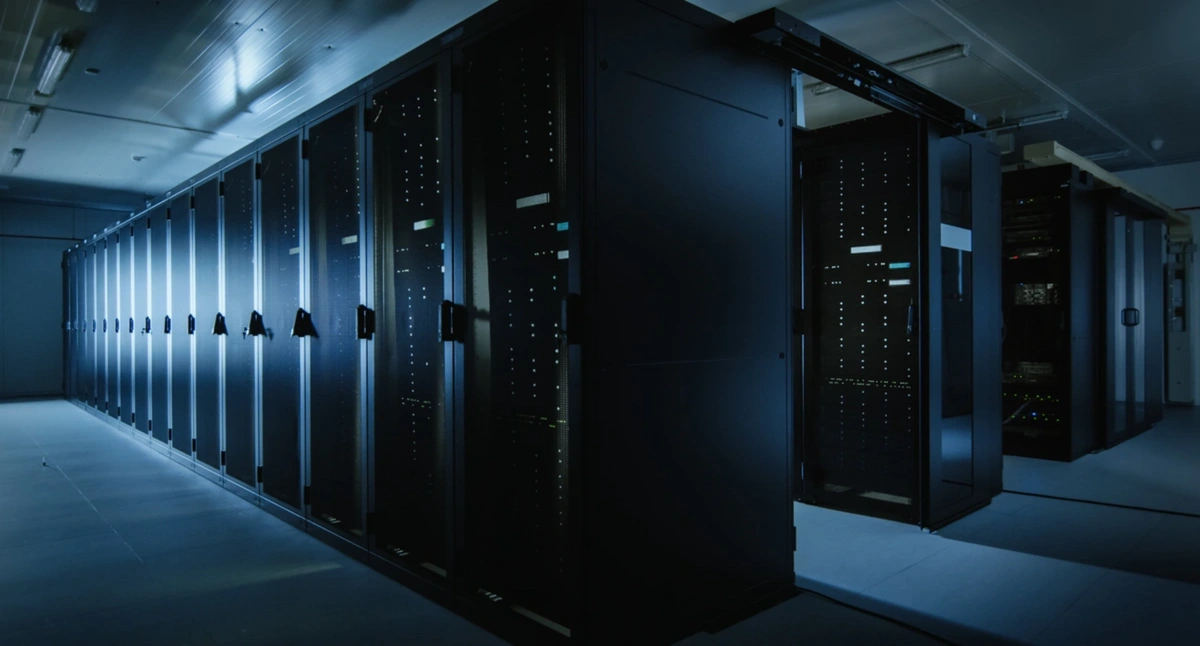Intelligent PDUs & the Data Center Part 2: Enhancing Power Quality Monitoring and Intelligence
Nicholas Polk
April 20, 2023
- Categories:
- Industry Insights
- Tags:
- Data Center Management

When monitoring power usage at data centers, more than surface-level observation is required. The crucial aspect is to monitor what's happening at the outlet level. Relying solely on rack power distribution units that offer a basic overview of electricity consumption puts too much at risk. Downtime equals lost revenue; data centers can lose six to seven figures during downtime. Furthermore, outages costing over $1 million are increasing, accounting for a quarter of all outages in 2022. With increased power demands and the global effort to decrease carbon footprints, tracking all rack power components is necessary to ensure high-quality power availability. To achieve this, seeing the forest and the trees is essential.
What You Can't See
Intelligent PDUs typically found at data centers today don't give enough power quality information to support facility managers and operations teams in their quest to prevent downtime. They provide only limited visibility at the cabinet, can't show granular or device-level data, and can't measure specific types of power related data in real-time. This challenge sometimes forces operators to use independent power studies with non-integrated devices to monitor power quality manually. Data center managers need to be able to keep up with power quality issues at scale and be able to address them in real-time, ideally before they lead to costly downtime.
Most power used by data centers is consumed by devices plugged into rack PDUs, and that's where there will be fluctuations in power quality and load. As a result, it is becoming apparent to those in IT and facilities management that intelligent rack PDUs are critical to a data center's efficiency and effectiveness.
These IT devices all have switch-mode power supplies, which can present power quality problems. Unlike a linear load such as an electric stove, these nonlinear loads, computers, and uninterruptible power supplies draw current in high-amplitude pulses that distort the electrical current and voltage wave shape. Operational standards such as the Information Technology Industry Council Curve help, but they are not immune to electrical disturbances, including surges and spikes.
Quantity and Quality
Data Center Managers usually focus on calculating the amount of power used by IT equipment and operational resources. Often, they overlook, underestimate, or just can't see power quality problems, which can wreak havoc IT infrastructure system. The Institute of Electrical and Electronics Engineers has defined many of these efficiency-killing issues. Among them are transients, which are spikes and other short-term events that raise the voltage and/or current. Sags occur when reduced AC voltage duration of half-cycles to one second. A swell is the inverse of a sag, where increased AC voltage occurs. Waveform distortion is any imperfection of a sine wave: harmonic distortion, voltage or current clipping or spiking.
Commonly found intelligent rack PDUs do not provide enough visibility into the scores of power quality problems that inevitably occur from using all of the computing devices in a data center. Operators need to be able to look at granular data points to get an accurate, complete picture of what is going on.
One of the advantages to accessing granular data is in identifying where problems occur. A good example of this is when a power supply failure trips a breaker. Identifying the outlet/device that caused the breaker to trip is the first step to recovery. This slow, time-consuming process involves unplugging all the devices on a failed PDU branch circuit, resetting the breaker, and plugging the devices in one at a time until another trip occurs.
Peaks and Valleys
Power monitoring and usage information become particularly beneficial when deciding where
to install a new server or device. Power monitoring allows you to see the total load of the cabinet at that point in time, but what you really want to know is what the load is in a worst-case scenario. If you know the worst case, you can ensure the resources you need to manage it are in place.
As rack power density and the quantity of power hungry devices continue to increase in the data center, power quality is increasingly important for data centers. It's not enough to monitor power usage. You need to get into the nitty-gritty details and see how power is being used and where, down to the outlet, to make the most of what's being drawn.
Are you interested in expanding your knowledge of power quality and discovering actionable steps to identify power quality concerns? The Solving Power Quality Pain Points to Improve Data Center Reliability and Efficiency whitepaper explores seven common power pain points and how to address them across your data center fleet.
Thanks for your submission. One of our Power Strategy Experts will get back to you shortly.